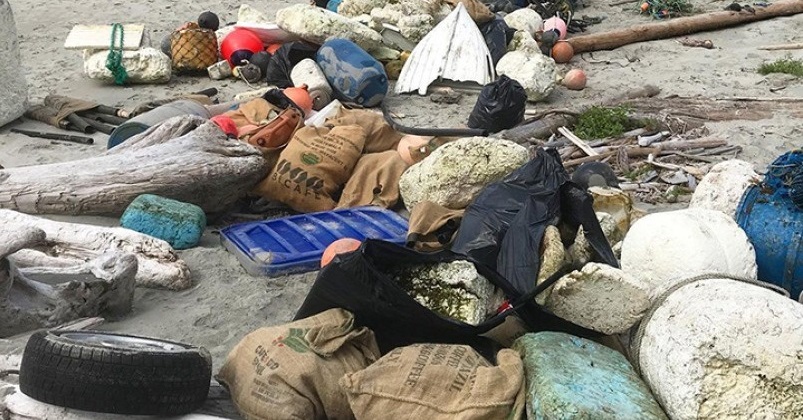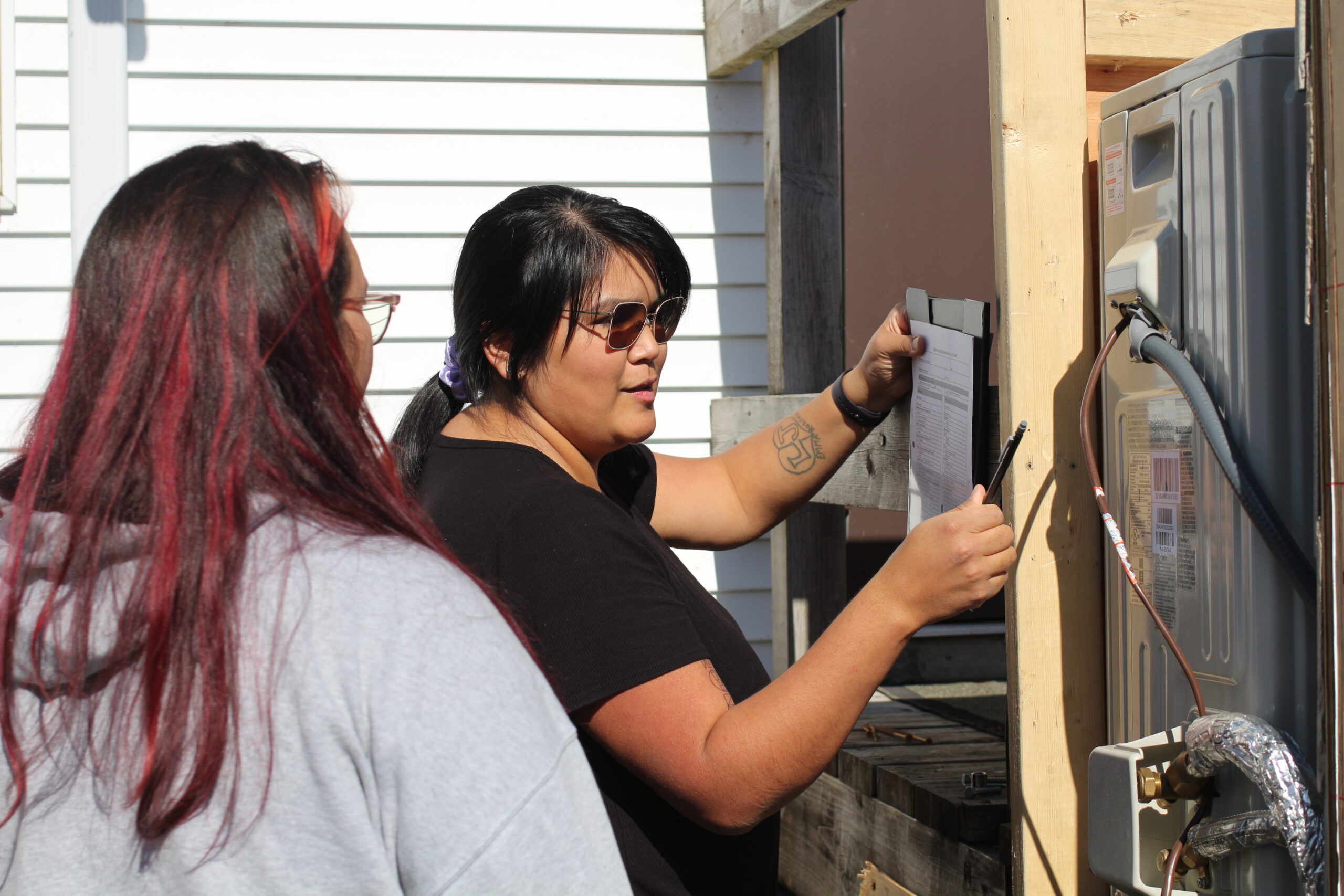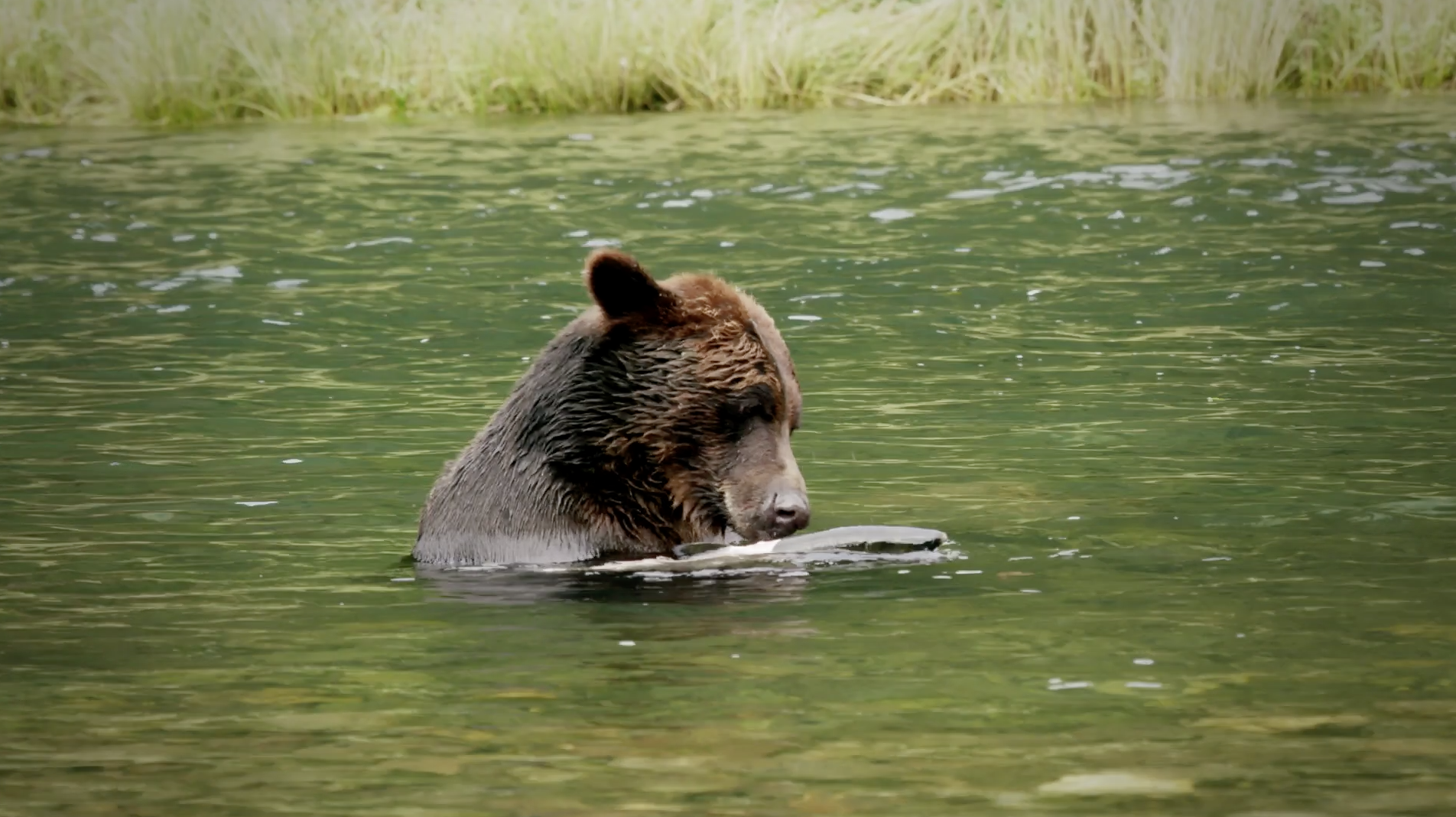A massive beach cleanup by coastal First Nations is cleaning 3,500 kilometres of coastline and creating jobs for communities hard hit by pandemic shutdowns. By mid-September, more than 150 tons of garbage had been collected on the Central Coast, with support from a $3.3 million fund secured by Coastal First Nations through the Clean Coast, Clean Waters Initiative Fund.
The Heiltsuk and Kitasoo/Xai’xais Nations each employed about two dozen members who had lost jobs due to pandemic shutdowns and tourism closures. In Haida Gwaii, cleanups provide employment for members and vessel charter businesses that have been dormant.
“It’s significant to have these jobs after there have been so many opportunities lost in the communities,” says William Housty, Board Chair of the Heiltsuk Integrated Resource Management Department (HIRMD). “We lost our spawn-on-kelp harvest so this has been really good for people to bring some money into their families.”
The cleanup in Kitasoo/Xai’xais territory has employed laid-off Spirit Bear Lodge staff, youth and other community members affected by pandemic job loss.
“We’re covering areas in the Kitasoo/Xai’xais Spirit Bear Conservancy,” says John Czornobaj, General Manager of Spirit Bear Lodge, which is coordinating the effort in Klemtu. “We’re also covering areas that are culturally significant sites and the shoreline anywhere near those sites, including important areas for herring and migratory birds.”
Housty says the idea for a mass beach cleanup came out of talks with tourism operators who were looking for ways to contribute after their season shut down due to the coronavirus. He says tourism vessel operators with larger boats were assigned to the exposed coastal territories while First Nations are patrolling sensitive cultural and wildlife zones on the inside coast.
He says plastic marine debris is an ongoing problem throughout the territory. “We see it when we’re picking seaweed, when we’re harvesting food. This is an opportunity to get some of that debris out of the intertidal area and off the land.”
Ocean plastic debris can break down over time into tiny microplastics and find its way into the food chain. “That was the main reason we wanted to get the debris off the beaches. We have enough strain on our food sources, we don’t need more,” Housty points out.
“When you walk miles and miles of shoreline and see the garbage, it can be really heartbreaking,” Czornobaj says. “Kitasoo is one of the most pristine areas of our coastline left and even here there’s still significant amounts of garbage washing up on our shore. It’s alarming to see the impact on megafauna like humpback whales that are getting entangled in this gear.”
Cleanup teams are recording the type and amount of garbage found. Czornobaj hopes this data will help support laws requiring commercial fishers to bring their gear home, rather than abandoning it at sea. “If this cleanup could move legislation in the right direction, I think that would be ideal.”
Many remote areas of the territory, Housty says, are still covered in debris that washed up from the Japanese earthquake of 2011. “This project is reaching areas we weren’t able to reach before. Because we’re able to get out to the west coast of the territory, we’re starting to see hopefully the last of that tsunami debris.”
Both coordinators say shoreline cleanups go beyond just picking up garbage.
‘It’s so rewarding. You see it especially on the faces of the younger generation who are going out with us,” Czornobaj reports. “We’re looking at getting funding to make this an annual event before our tourism season. And it will create more income for the community.”
“We’ve tried to have multiple approaches to the project, so it’s not just picking up garbage off the beach,” Housty explains. “We had youth interested in the project so we had them mentor under the skippers running the boats, to get them out to learn about navigation and to get to know the territory better.”
Housty cautions that the problem of marine debris is not the responsibility of First Nations alone. “So many others utilize this place and everyone needs to contribute to keeping this land and ocean as pristine a place as possible. This isn’t just a coastal First Nations’ issue – this is everyone’s issue.”


